Dramatic arts: key works from Fausto Melotti's 60 year career go on view in NY
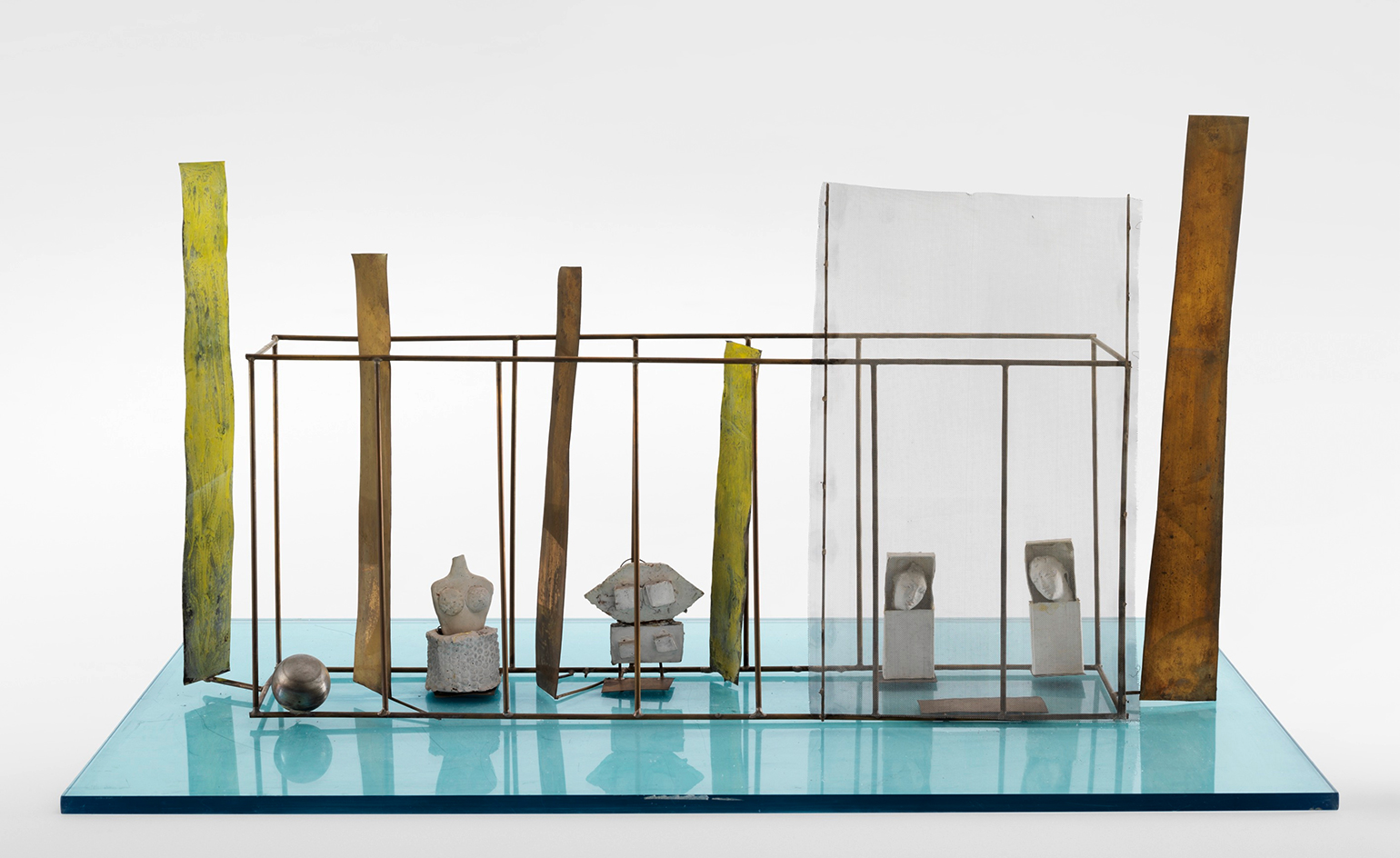
The 60-year career of Italian sculptor/artist and all-around pioneer of midcentury European modernism, Fausto Melotti, is being presented with new fervour at Hauser & Wirth’s uptown gallery space in New York. While renowned for his influence and friendship with Lucio Fontana (a fellow student at the Accademia di Brera in Milan) in Europe, Melotti is less recognised in the United States, hence the premise of Hauser & Wirth’s exhibition.
Staged over three floors of its intimate gallery space and curated by Douglas Fogle, formerly the chief curator at the Hammer Museum in Los Angeles, ‘Fausto Melotti’ invites visitors to experience the thoughtful, delicate sculptures of the Italian master up close. Opening with a series of abstract plaster works from the 1930s that simultaneously showcase Melotti’s interest in classical music and mathematics with its motifs, and leading towards ceramic sculptures that demonstrate his later return to figuration circa the 1960s, the breadth of Melotti’s creations is apparent.
Shapes that mimic and articulate the human form in a variety of scales, such as The Seven Sages (1960) and various devil-like figures (1945) coincide with Melotti’s personal coming to terms with the reality and repercussions of the Second World War, which he lived through. In fact, the artist’s foray into ceramics was a result of his studio being bombed at the time, and he gravitated towards working in clay simply because the material was easier to come by.
The themes of humanity, harmony, geometry and order, along with highlighting the range of emotions that make up the human experience, are recurring aspects in Melotti’s works. Whether it’s the poetic simplicity of The Rain (1966) – a gold sculpture that ingeniously captures the movement of falling rain – or the graphic theatricality of his renowned ‘Teatrini’ ('Little Theatres') and of works such as The Shadow of the Soul (1984), Melotti was a master of invoking fragmented realities, with a gift for capturing the imagination of viewers that’s still so powerful today.
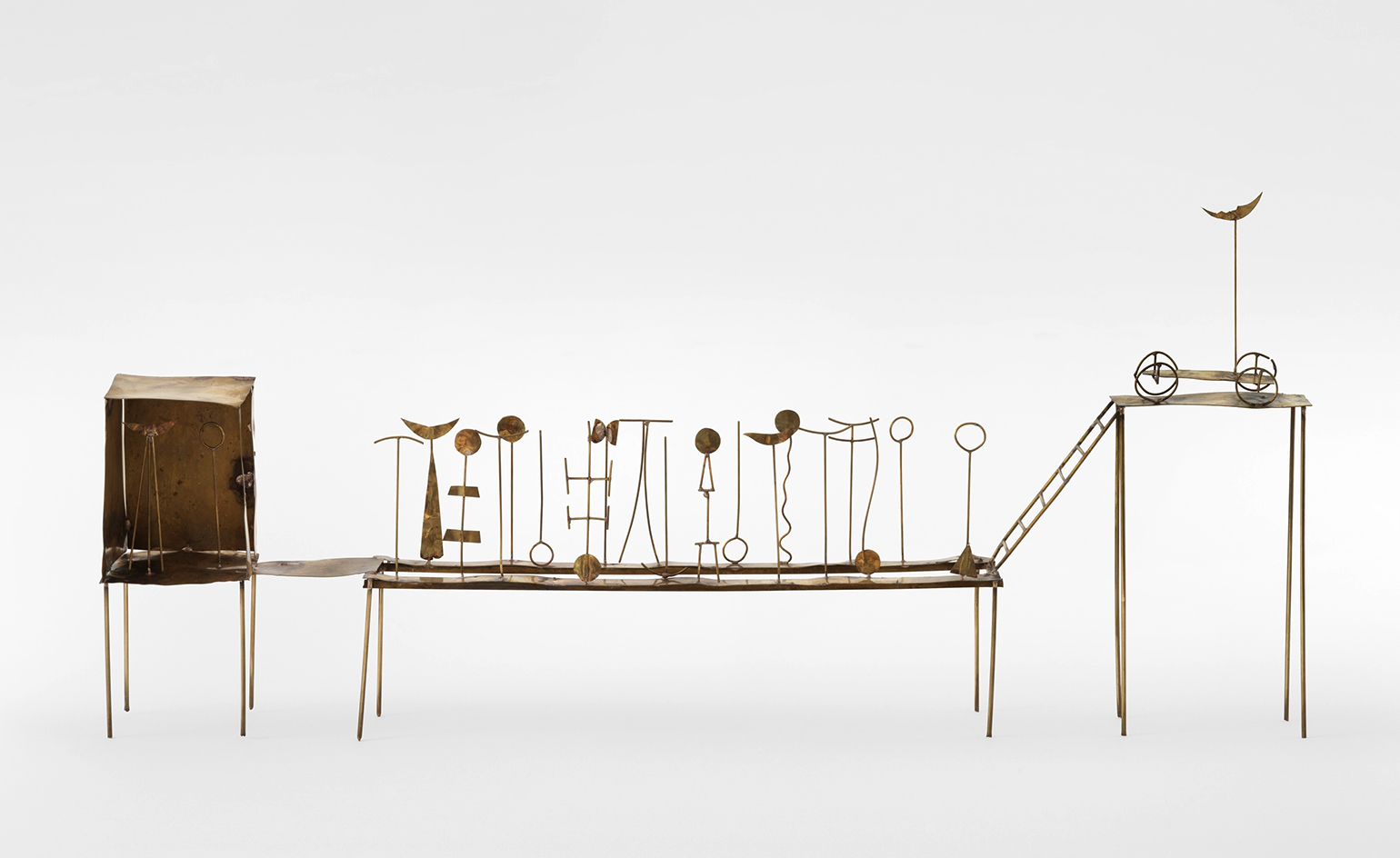
Staged in collaboration with Fondazione Fausto Melotti and curated by Douglas Fogle, the show includes key pieces from across the artist’s career. Pictured: The Journey of the Moon, 1973
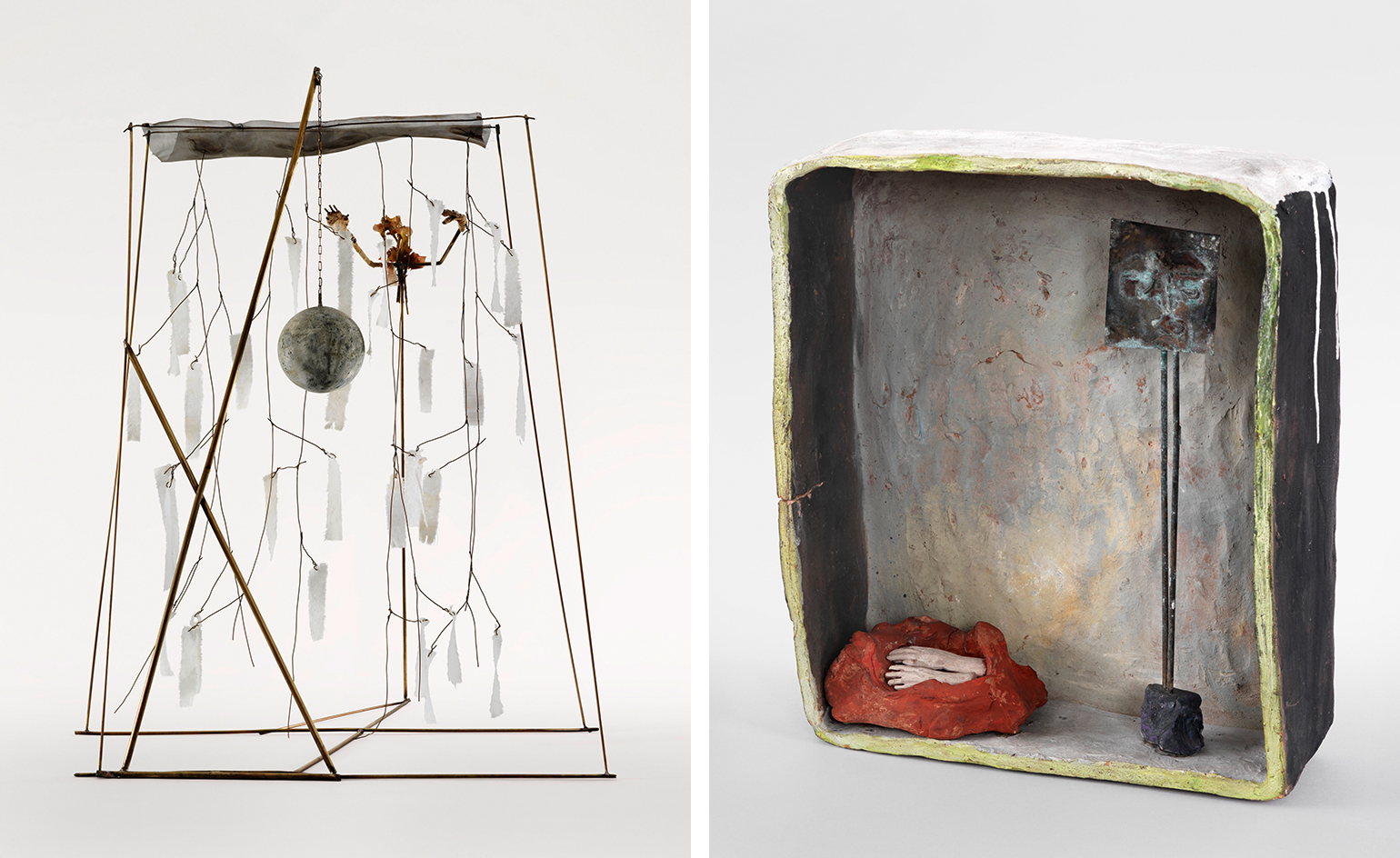
Whether delicate metal sculptures, or his ceramic ‘Teatrini’ (’Little Theatres’), the themes of humanity, harmony, geometry and order are recurring aspects in Melotti’s works. Pictured left: The Snow, 1973. Right: The Hands, 1949
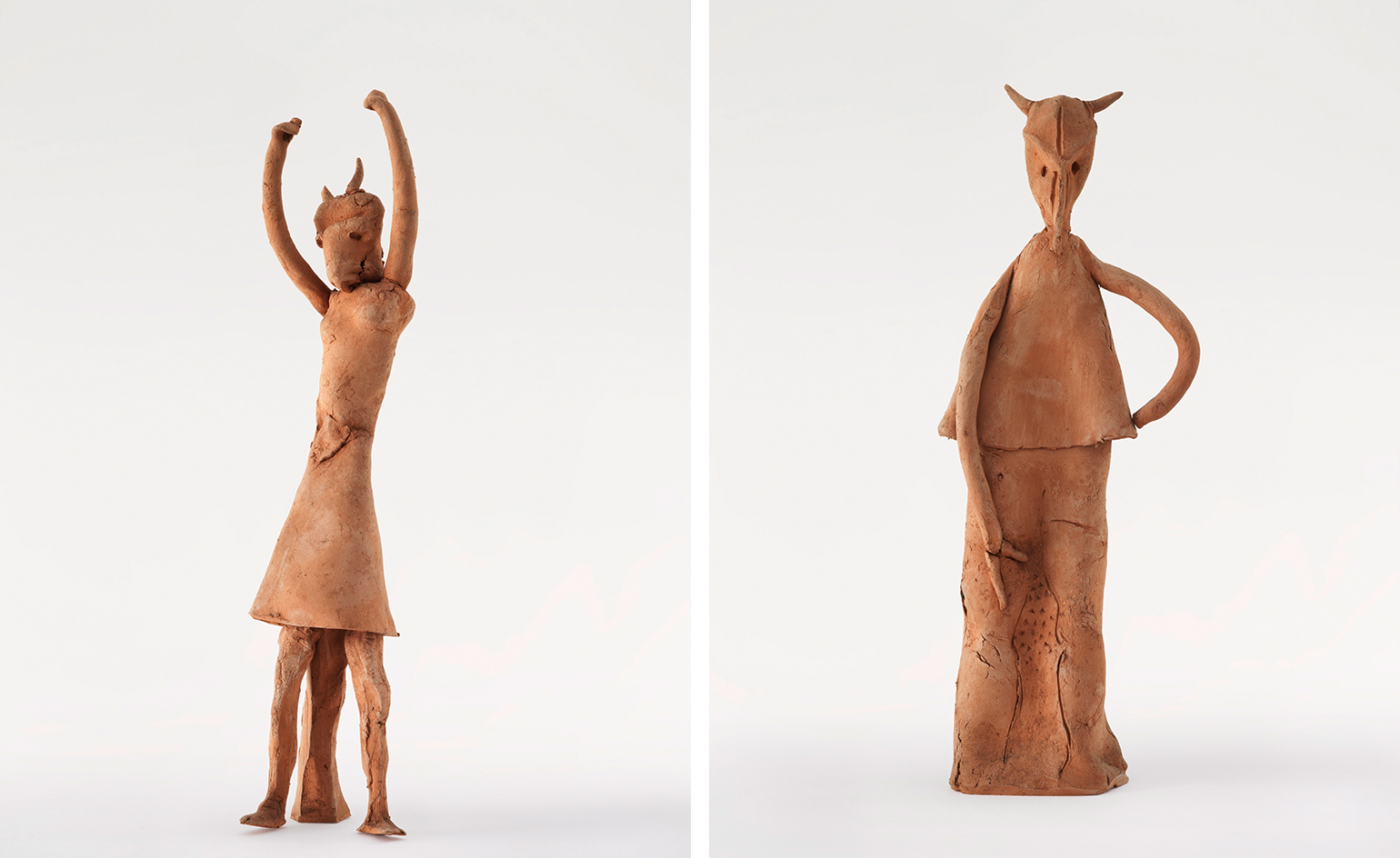
Although initially inspired by abstraction, Melotti made a return to figuration around the 1960s. Shapes that mimic and articulate the human form appear in a variety of scales, mirroring his coming to terms with the reality and repercussions with living through the Second World War. Pictured left: Devil, 1945. Right: Devil, 1945 (right)
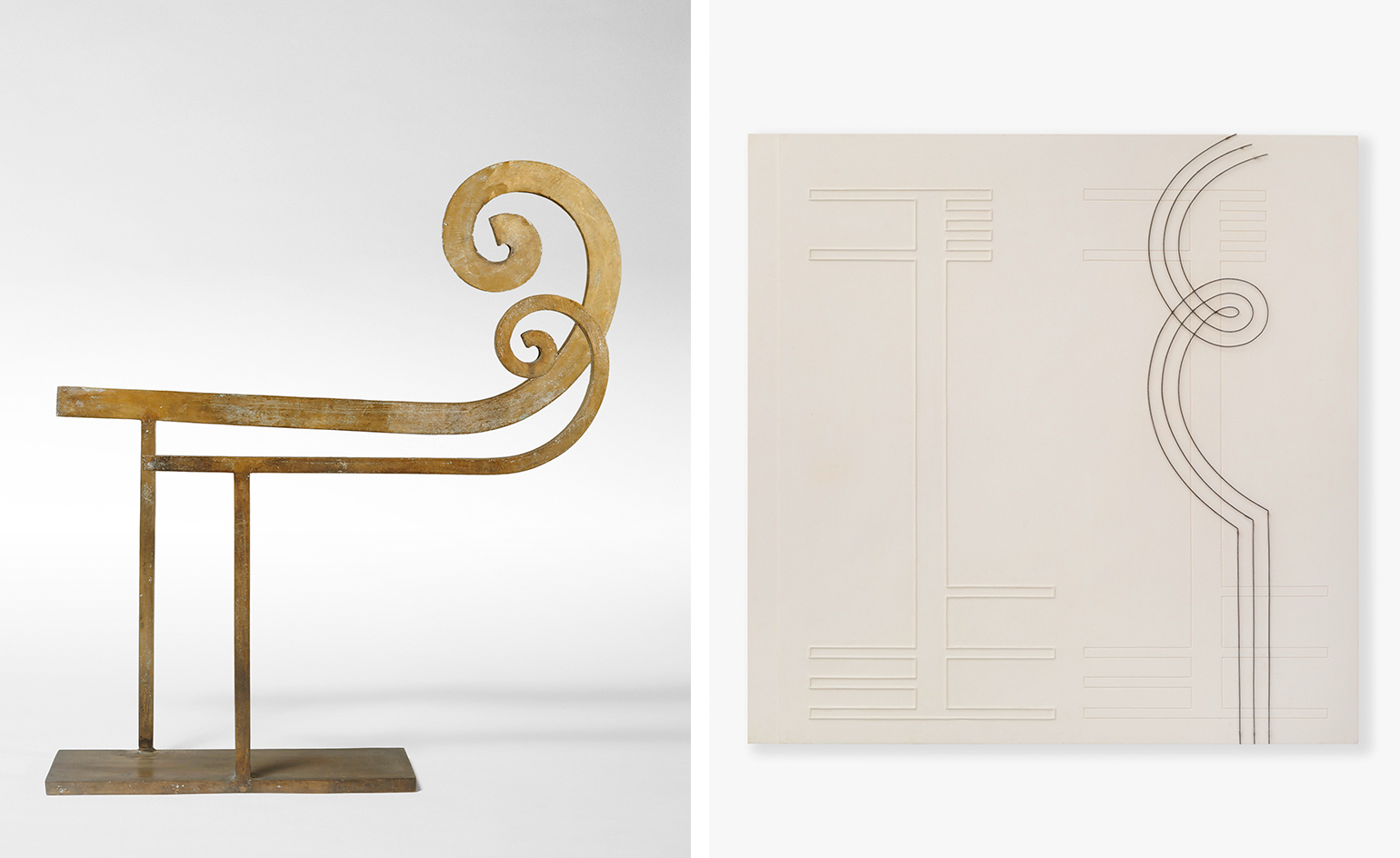
Early plaster works from the 1930s simultaneously showcase Melotti’s interest in classical music and mathematics with their motifs. Pictured left: Sculpture No. 11, 1934. Right: Sculpture No. 24, 1935
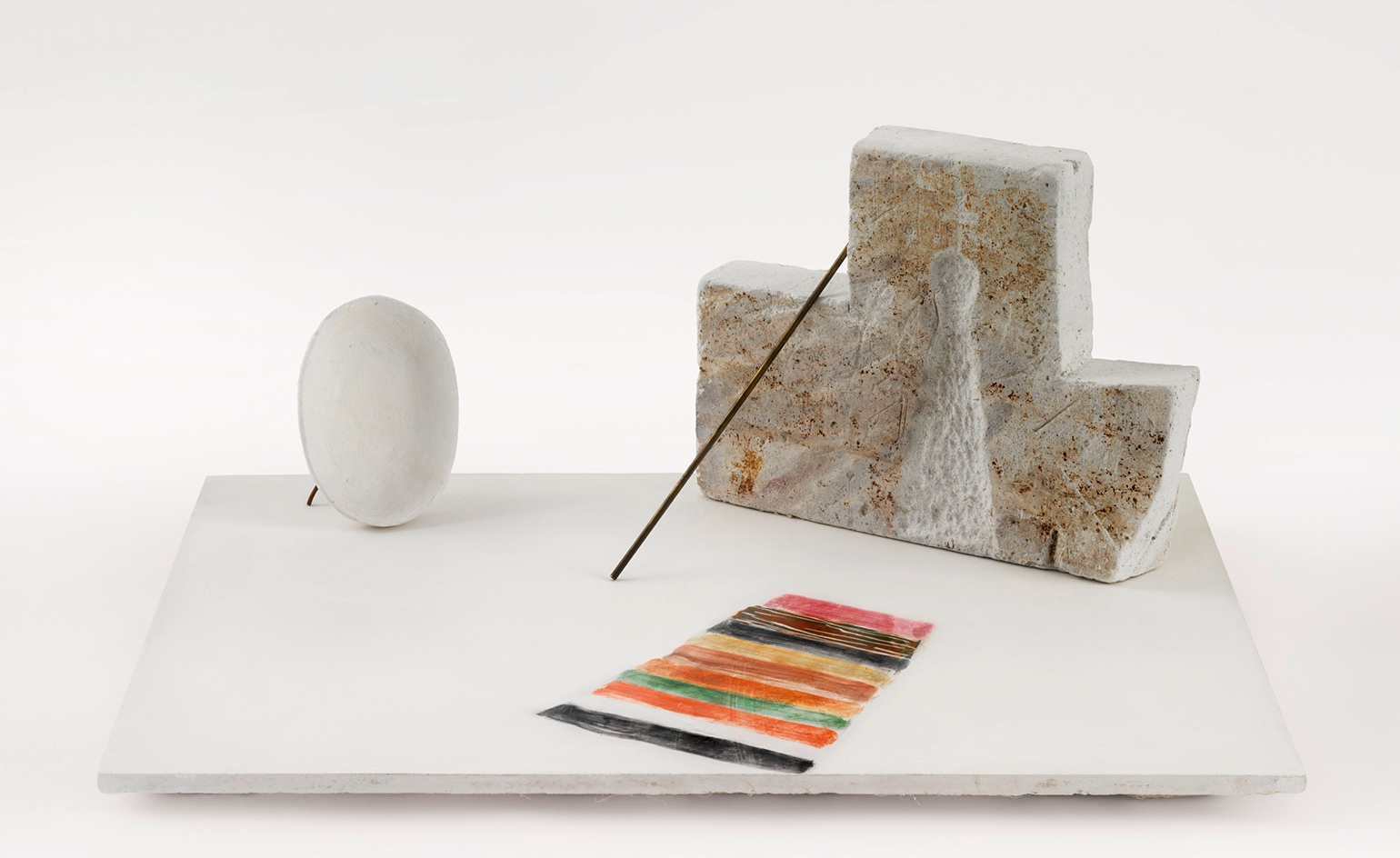
Armed with a deft sense of theatricality, Melotti was a master of invoking fragmented realities, with a gift for capturing the imagination of viewers that’s still so powerful today. Pictured: The Shadow of the Soul, 1984, one of his last works
INFORMATION
’Fausto Melotti’ is on view until 18 June. For more information, visit Hauser & Wirth’s website
Photography courtesy of Fondazione Fausto Melotti and Hauser & Wirth
ADDRESS
Hauser & Wirth
32 East 69th Street
New York, NY 10021
Wallpaper* Newsletter
Receive our daily digest of inspiration, escapism and design stories from around the world direct to your inbox.
Pei-Ru Keh is a former US Editor at Wallpaper*. Born and raised in Singapore, she has been a New Yorker since 2013. Pei-Ru held various titles at Wallpaper* between 2007 and 2023. She reports on design, tech, art, architecture, fashion, beauty and lifestyle happenings in the United States, both in print and digitally. Pei-Ru took a key role in championing diversity and representation within Wallpaper's content pillars, actively seeking out stories that reflect a wide range of perspectives. She lives in Brooklyn with her husband and two children, and is currently learning how to drive.
-
 All-In is the Paris-based label making full-force fashion for main character dressing
All-In is the Paris-based label making full-force fashion for main character dressingPart of our monthly Uprising series, Wallpaper* meets Benjamin Barron and Bror August Vestbø of All-In, the LVMH Prize-nominated label which bases its collections on a riotous cast of characters – real and imagined
By Orla Brennan
-
 Maserati joins forces with Giorgetti for a turbo-charged relationship
Maserati joins forces with Giorgetti for a turbo-charged relationshipAnnouncing their marriage during Milan Design Week, the brands unveiled a collection, a car and a long term commitment
By Hugo Macdonald
-
 Through an innovative new training program, Poltrona Frau aims to safeguard Italian craft
Through an innovative new training program, Poltrona Frau aims to safeguard Italian craftThe heritage furniture manufacturer is training a new generation of leather artisans
By Cristina Kiran Piotti
-
 Leonard Baby's paintings reflect on his fundamentalist upbringing, a decade after he left the church
Leonard Baby's paintings reflect on his fundamentalist upbringing, a decade after he left the churchThe American artist considers depression and the suppressed queerness of his childhood in a series of intensely personal paintings, on show at Half Gallery, New York
By Orla Brennan
-
 Desert X 2025 review: a new American dream grows in the Coachella Valley
Desert X 2025 review: a new American dream grows in the Coachella ValleyWill Jennings reports from the epic California art festival. Here are the highlights
By Will Jennings
-
 In ‘The Last Showgirl’, nostalgia is a drug like any other
In ‘The Last Showgirl’, nostalgia is a drug like any otherGia Coppola takes us to Las Vegas after the party has ended in new film starring Pamela Anderson, The Last Showgirl
By Billie Walker
-
 ‘American Photography’: centuries-spanning show reveals timely truths
‘American Photography’: centuries-spanning show reveals timely truthsAt the Rijksmuseum in Amsterdam, Europe’s first major survey of American photography reveals the contradictions and complexities that have long defined this world superpower
By Daisy Woodward
-
 Sundance Film Festival 2025: The films we can't wait to watch
Sundance Film Festival 2025: The films we can't wait to watchSundance Film Festival, which runs 23 January - 2 February, has long been considered a hub of cinematic innovation. These are the ones to watch from this year’s premieres
By Stefania Sarrubba
-
 What is RedNote? Inside the social media app drawing American users ahead of the US TikTok ban
What is RedNote? Inside the social media app drawing American users ahead of the US TikTok banDownloads of the Chinese-owned platform have spiked as US users look for an alternative to TikTok, which faces a ban on national security grounds. What is Rednote, and what are the implications of its ascent?
By Anna Solomon
-
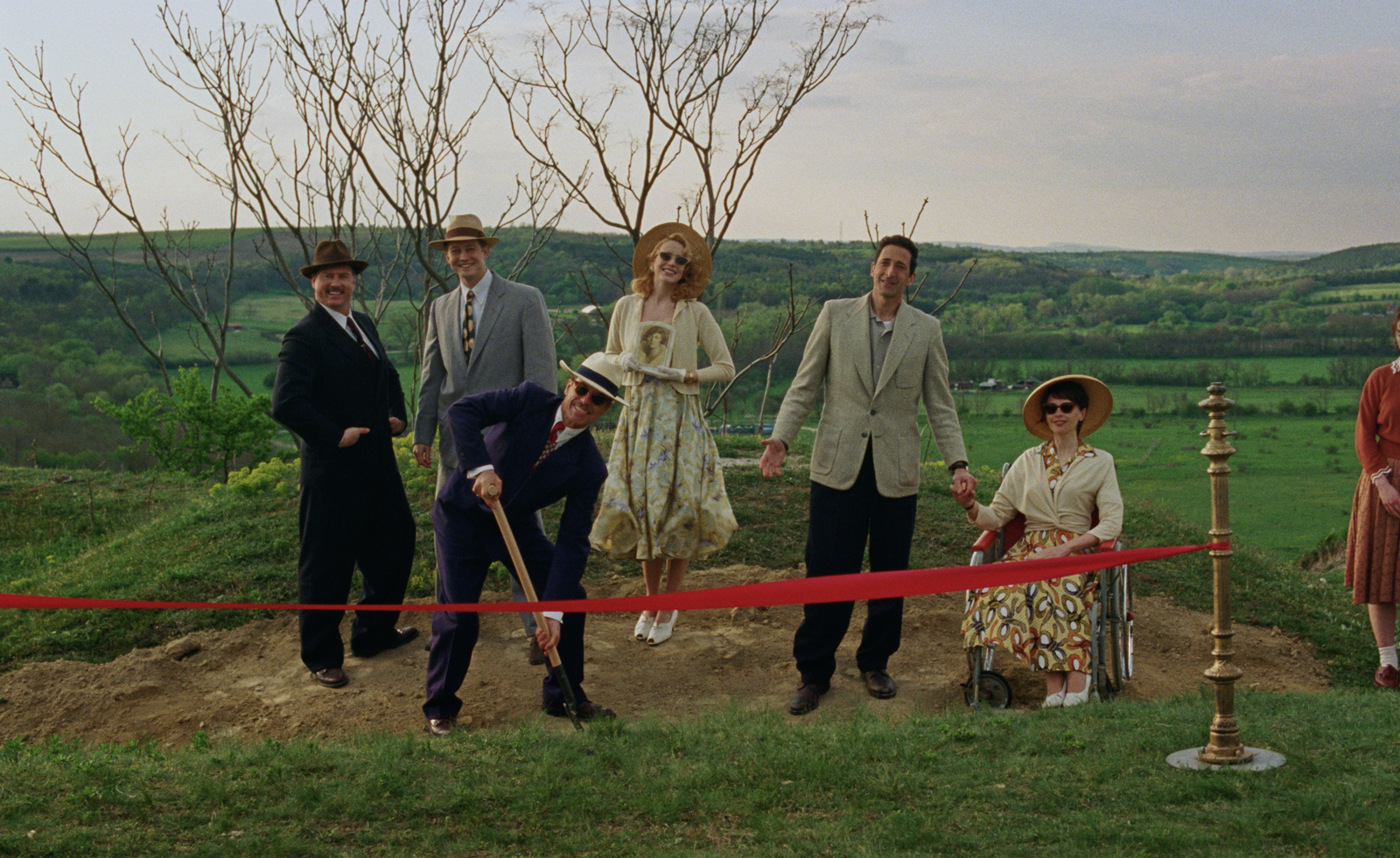 Architecture and the new world: The Brutalist reframes the American dream
Architecture and the new world: The Brutalist reframes the American dreamBrady Corbet’s third feature film, The Brutalist, demonstrates how violence is a building block for ideology
By Billie Walker
-
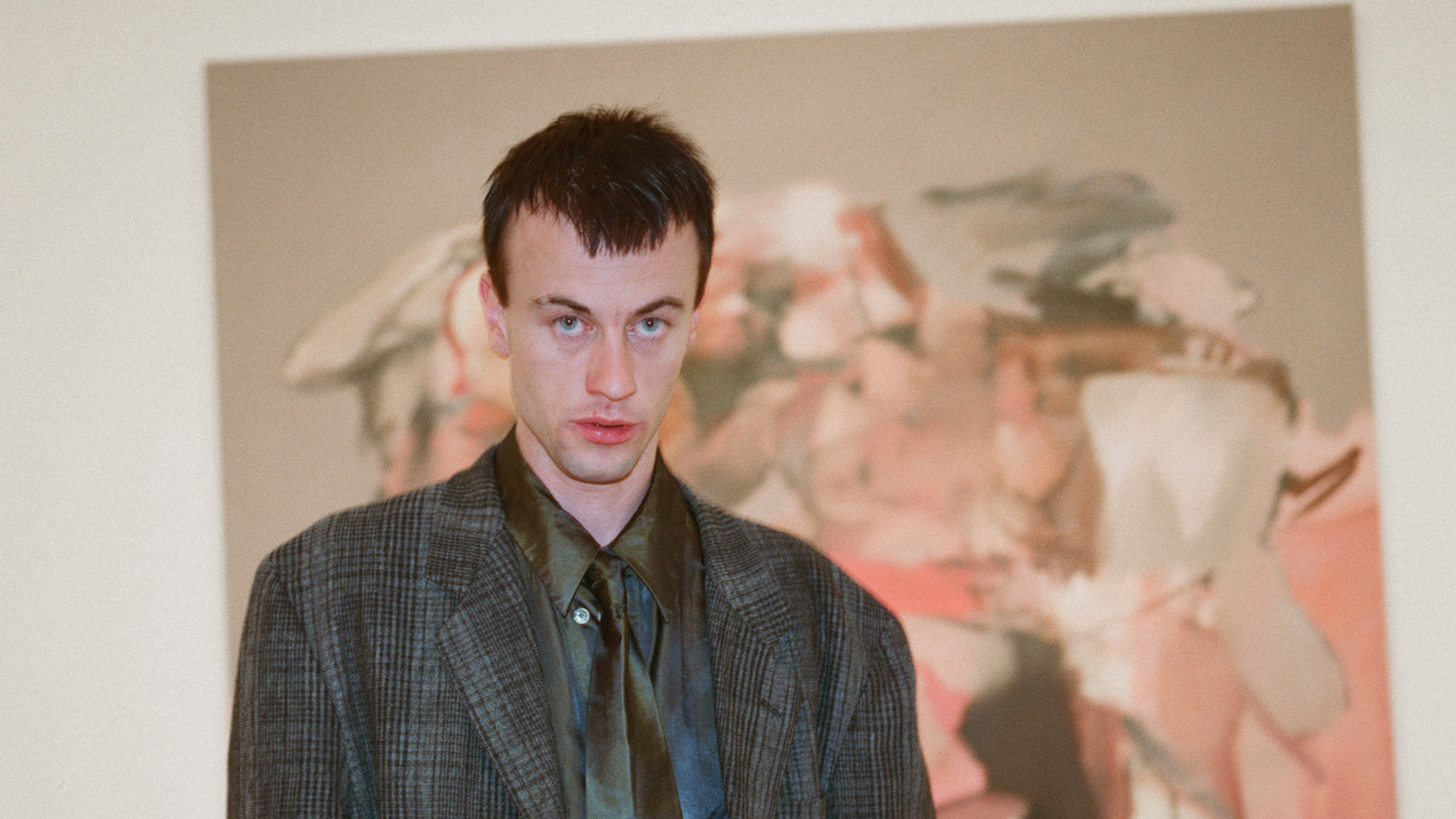 Inside the distorted world of artist George Rouy
Inside the distorted world of artist George RouyFrequently drawing comparisons with Francis Bacon, painter George Rouy is gaining peer points for his use of classic techniques to distort the human form
By Hannah Silver